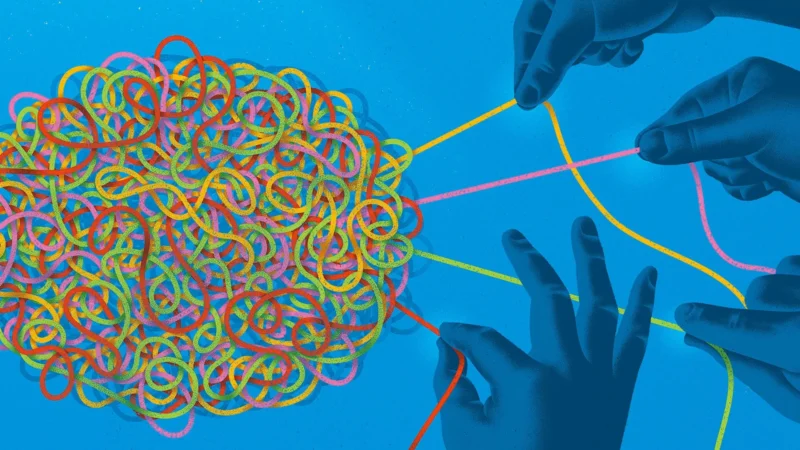Essential Insights
-
Identification of Autism Subtypes: Researchers from Princeton University and the Simons Foundation discovered four distinct autism subtypes with varying clinical and genetic features, enhancing understanding of autism’s biological mechanisms.
-
Person-Centered Approach: Analyzing data from over 5,000 children, the study utilized a comprehensive "person-centered" strategy examining over 230 traits, leading to insights about distinct developmental trajectories linked to genetic profiles.
-
Genetic Insights and Mechanisms: Each subtype is associated with unique genetic patterns; for instance, the Broadly Affected group exhibited a higher proportion of damaging mutations, highlighting the complexity of autism’s biological narratives.
- Implications for Personalized Care: Understanding these subtypes hopes to improve diagnosis, treatment, and targeted support for individuals with autism, paving the way for advancements in precision medicine and potential future discoveries in other heterogeneous conditions.
Unveiling Distinct Subtypes
Recent research from Princeton University and the Simons Foundation has marked a pivotal advancement in our understanding of autism. Scientists identified four genetically distinct subtypes of autism, each revealing a different narrative about its biological underpinnings. This groundbreaking study analyzed data from over 5,000 children as part of the SPARK project. The researchers utilized a comprehensive, “person-centered” approach that examined over 230 traits, from social skills to developmental milestones.
The four identified subtypes — Social and Behavioral Challenges, Mixed ASD with Developmental Delay, Moderate Challenges, and Broadly Affected — showcase varying degrees of social and behavioral traits. For instance, individuals in the Social and Behavioral Challenges group share core traits of autism but reach developmental milestones similar to their non-autistic peers. In contrast, the Broadly Affected group faces significant challenges across multiple domains. This classification helps address the long-standing struggle for robust definitions of autism subtypes. It offers clinicians and families a clearer understanding of the disorder’s complexity.
A New Path for Personalized Care
This research significantly enhances the potential for personalized autism care. Genetic testing currently identifies relevant variants in only about 20% of autism cases. However, this new study connects distinct autism subtypes to specific genetic mutations and biological pathways. For example, the Broadly Affected group shows a higher frequency of damaging mutations that are not inherited from parents, indicating distinct developmental trajectories.
With a clearer framework, clinicians can anticipate various developmental paths and treatments tailored to each autism subtype. Understanding a child’s specific subtype could guide monitoring, intervention strategies, and educational accommodations. This realization allows families to plan more effectively for their child’s future while fostering a deeper sense of community and support. The findings encourage not only a more nuanced approach to autism research but also pave the way for future investigations into other complex conditions. As science evolves, we move closer to truly personalized care for developmental disorders.
Expand Your Tech Knowledge
Explore the future of technology with our detailed insights on Artificial Intelligence.
Explore past and present digital transformations on the Internet Archive.
TechV1

